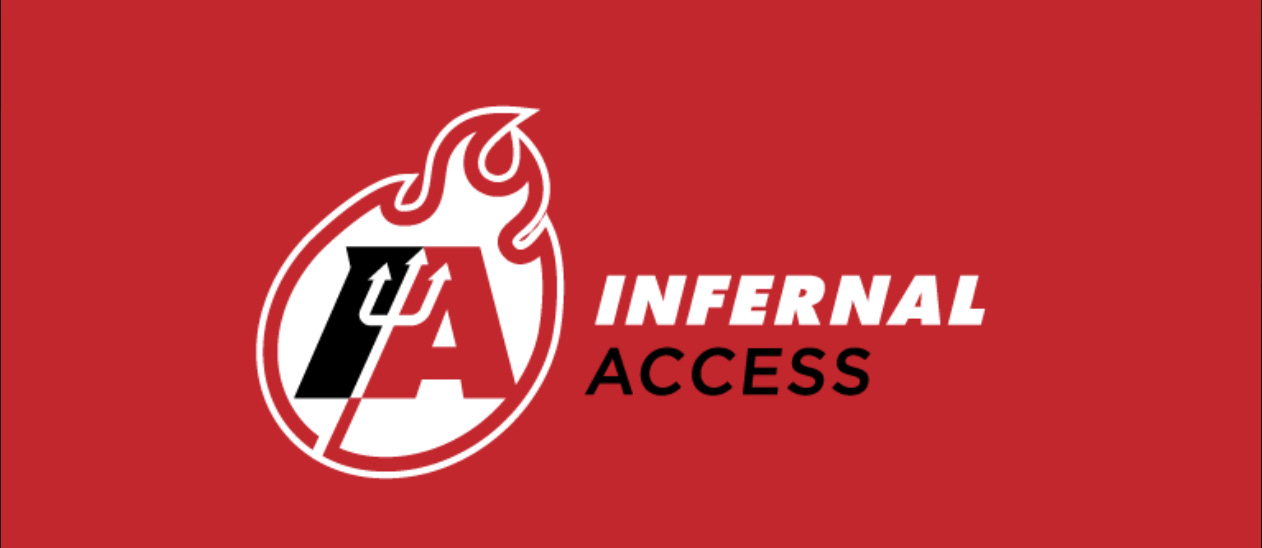The AHL is a bad league for developing prospects
In fact, the NHL is much better.
Be sure to join the Discord channel to talk hockey, and everything else, with me and fellow subscribers.
Infernal Access is running an early-bird special, which gets you 35% off all subscriptions prior to New Jersey’s season opener. Don’t miss out; join us for what should be a truly exciting season!
Today’s post was written by C.J. TURTORO. You can find C.J. on Twitter @CJTDevil.
There has been a lot of conversation in the Twitter-sphere about the fight for the last couple forward spots on the New Jersey Devils.
Youngsters Alex Holtz and Dawson Mercer impressed in the prospect camp and carried their momentum into preseason play, where they are among the top scorers on the team.
They have been more impressive on paper, and on film, than their competition, be it PTOs (Jimmy Vesey, Mark Jankowski, Freddy Gauthier) or older prospects (Jesper Boqvist, Nolan Foote, etc.).
Still, many are concerned with potentially bringing up not one, but two prospects as mere teenagers, especially if they are only going to be given bottom-6 minutes and potentially sit on occasion.
Specifically, the concern seems to be the impact it would have on their development. When I polled my followers, just under three quarters of them said that a top-line AHL minutes would be better than typical bottom-six NHL usage for development.
That’s a reasonable enough claim to make. The only problem is that we have little-to-no evidence that this is true. And what little data we have on the matter points in the opposite direction.
If we want to evaluate the claim “The AHL is better for development than the NHL,” then what should happen is a prospect’s projected value should increase more in AHL seasons than in NHL seasons.
Luckily, there are prospect models in the public that project probabilities of making the NHL and becoming “Stars”. All we need is to evaluate the change in those numbers during seasons that take place in each league.
One such model was created by Patrick Bacon. His NHLe is built off a similar framework to my NNHLe, but he fixed it up and then built a whole prospect model on top of it.
He was kind enough to provide me with the raw data from his prospect projection model so I looked at the average change in “NHL Probability” and “Star Probability” during seasons in which prospects play in each league. This includes data going back to 2007 and only goes to DY+5 seasons.
On average, a player actually sees their projected likelihood of succeeding, or even making, the NHL decrease after AHL seasons. NHL seasons, however, seem to produce substantial increases in their projections.
And this may actually undersell the gap between these leagues in terms of how well they develop assets. Out of the 95 leagues in Bacon’s dataset that had “before and after” data available, the AHL was the worst (95th) league in terms of median change in probability of becoming a Star and in change in probability of becoming an NHLer. Meanwhile, the NHL ranks 1st in both metrics.
You might be thinking that this is due to a few lucky guesses of low-probability players succeeding in the NHL and inflating the conversions. But if we look a the plot below, we see that it is not just outliers that see improvements of >50%, there’s a large “bump” that extends into the 20% range. In other words, it’s not biased by a few surprising studs, it’s marginal but reliable improvements in likelihood of NHL success.
There could be many reasons for this -- it may be picking up on some selection bias from camps. Prospects may have developed over the off-season and, by the time they enter the season, they’ve already gotten better (or not) and that’s why they’re in the league they’re in in the first place.
It’s not the league that’s changing them, it’s the player that changed and the league in which they play is a result of that change, not the cause of it. Even if that’s the case, then that nihilistic framework does the AHL no favors because it implies that players will develop regardless of league.
So, at the risk of alienating an entire professional hockey league, the AHL sucks at developing talent. It is not a developmental league -- it is a holding cell. It is an overflow league. It is where you store hockey players that are good enough to be worth owning, but not good enough to play in the NHL. It is hockey purgatory.
And we need that league. Teams own many assets, not all of whom are ready for the NHL. They need a place to play while they wait for their shot to open up. Some of them will improve and earn a shot later on.
But, in general, prospects historically do not develop better during their AHL seasons than their NHL seasons.
If you think players like Mercer and Holtz aren’t ready for the NHL, and they will hurt our chances at competing this season, by all means, keep them in the AHL.
However, if you’re concerned with their development, consider the developmental value of playing with NHL talent, against NHL talent, with NHL coaches, in NHL arenas, during an NHL season. Maybe, just maybe, the best way to prepare someone to become a good NHLer, is let them practice being NHLer.






CJ dont miss
I tend to lean more towards the player changed side of things and that purgatory is an apt description. However things are rarely black and white. If a team puts more resources into their AHL team (or simply has better coaching) does that change things? You'd expect that environment would impact things to some extent, no? Maybe getting the best of everything available has an impact on success. I wonder how a team by team breakdown of this would look.